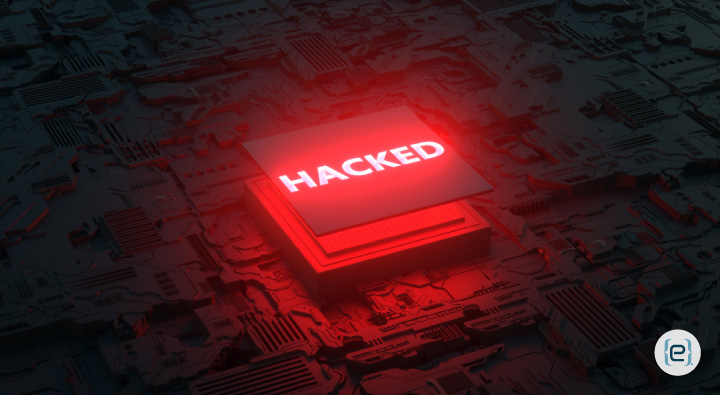From dimly lit basements to bustling corporate war rooms, hackers have shaped your digital landscape in ways that still echo through cyberspace. Some became reformed security experts, others disappeared into digital legend, but all left their mark on how we think about cybersecurity. Here’s a bold truth: many of today’s critical security measures exist because hackers exposed vulnerabilities we never knew we had.
The Phone Phreaker Who Started It All
John Draper—better known as Captain Crunch—discovered that a toy whistle from a cereal box could manipulate phone systems to make free calls. This seemingly simple hack launched the era of phone phreaking and inspired a generation of hackers, including young Steve Wozniak and Steve Jobs. His story teaches us that sometimes the biggest security holes come from the most unexpected places.
The Teenager Who Scared the Pentagon
In 1983, Kevin Mitnick accessed NORAD (North American Defense Command) through the ARPANET, inspiring the movie “WarGames.” While urban legends claim he could launch missiles by whistling into a phone, the truth is equally fascinating—his social engineering skills let him manipulate people more effectively than any computer code. Today, protecting your organization from social engineering is just as critical as defending against technical exploits. eMazzanti’s phishing awareness training can help your team spot and stop these threats before they cause damage.
The Digital Robin Hood and the Conscience of the Internet
Kevin Poulsen, known as Dark Dante, famously rigged radio station contests by taking over phone lines. After serving time, he transformed into a respected security journalist, exposing sex offenders on MySpace and breaking news about Bradley Manning. His journey from black hat to white hat reminds us that skill often matters less than how you choose to use it.
Gary McKinnon, searching for evidence of UFOs, hacked NASA and US Military computers from his London apartment. His actions sparked an international legal battle and raised questions about extradition laws in the digital age. Sometimes the most dangerous hackers aren’t motivated by money or malice, but by curiosity.
The Anonymous Legion and Market Manipulators
The hacktivist collective Anonymous emerged like a digital hydra—cut off one head, two more appear. Their operations against scientology, ISIS, and various governments showed how decentralized groups could impact global events through coordinated digital action. Love them or hate them, they changed how we think about cyber activism.
In 2010, a mysterious flash crash wiped billions from the stock market in minutes. While initial reports blamed a single trader, later investigations revealed sophisticated hacking techniques that exploited high-frequency trading systems. This incident showed how vulnerable our financial systems are to digital manipulation—and why comprehensive security and privacy solutions are a must for your business.

Nation-State Players and Ransomware Revolutionaries
Modern hacking transcends individuals. Groups like Fancy Bear and Lazarus demonstrate how nation-states use cyber capabilities for espionage and disruption. Their sophisticated operations make earlier hacks look like child’s play, forcing us to rethink international security in the digital age.
The creators of WannaCry and NotPetya showed how ransomware could paralyze global infrastructure. These attacks caused billions in damages and demonstrated the vulnerability of critical systems. Their impact still influences how organizations approach cybersecurity today. If you’re concerned about ransomware, explore eMazzanti’s insights on ransomware in 2024 and learn how to prepare.
The White Hat Heroes and the Future Threat
Not all hackers wear black hats. Ethical hackers like Charlie Miller, who exposed vulnerabilities in MacBooks and Tesla cars, show how hacking skills can protect rather than harm. Their work highlights the thin line between security research and cyber threat.
Today’s hackers wield AI, quantum computing capabilities, and zero-day exploits we can’t yet imagine. The battlefield has evolved from phone lines and simple networks to complex systems controlling everything from power grids to autonomous vehicles. Staying ahead requires both vigilance and expertise—qualities you’ll find with eMazzanti’s 24/7 IT support.
The Expert Edge: Why Partnering with eMazzanti Matters
This is where professional IT infrastructure becomes crucial. Organizations like eMazzanti Technologies understand that modern cybersecurity requires more than just firewalls—it needs comprehensive, proactive protection against evolving threats. We offer a holistic approach, combining historical knowledge with cutting-edge tools to keep your data and operations safe.
- Proactive Security: We monitor your systems around the clock to catch threats before they become breaches.
- Education and Training: Your employees are your first line of defense. Our training programs empower them to recognize and avoid common cyber traps.
- Rapid Response: If a threat emerges, our team acts fast to contain and remediate the issue, minimizing downtime and loss.
The Bottom Line: Stay Ahead of the Digital Outlaws
While most of us will never face hackers as notorious as those mentioned above, every organization needs robust cybersecurity. Whether you’re protecting customer data or intellectual property, having the right IT support isn’t optional anymore—it’s essential for survival in our connected world.
Remember those legendary hackers? Modern cybercriminals are often more sophisticated but less famous. Sometimes the best defense is having experts on your side—especially when those experts understand that in cybersecurity, like in chess, you need to think several moves ahead. Ready to take your security to the next level? Contact eMazzanti today to learn how we can help you build a resilient, future-ready defense.






